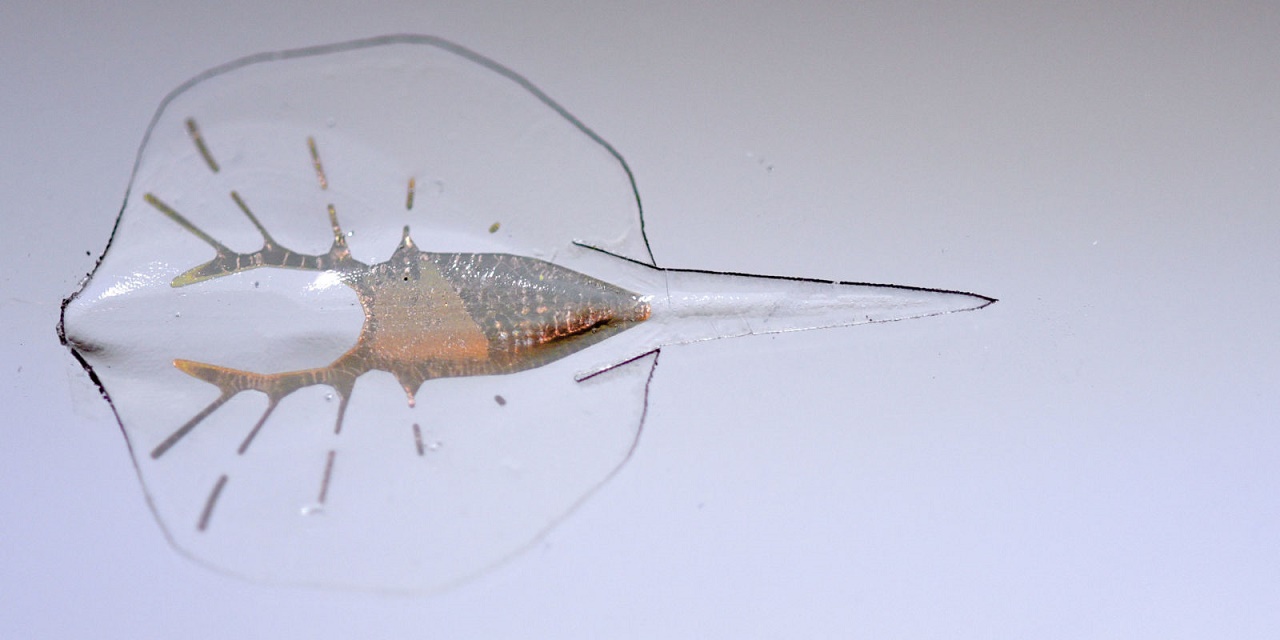
Researchers have managed to manufacture a robot that resembles a stingray using an artificial tissue, based on cardiac myocytes from mice. Put simply, the robotic stingray is made of rat heart muscle.
Using genetic engineering, scientists have managed to manufacture muscles on the 1.6 centimeters long Stingray to respond to light, causing it to move in different directions.
Biohybrid Machine
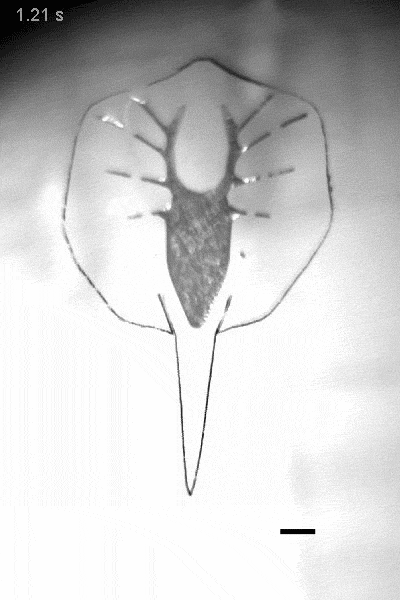
Nature-inspired robotics is a hot field, we have seen many robotic designs that aim to mimic cockroaches, salamanders, cheetahs, sea snakes, among others.
This tiny 10-gram swimming robot is developed by researchers at Harvard University’s Department of Bioengineering and Applied Sciences. Powered by rat muscle cells makes it a biohybrid machine – part robot – part biological tissue.
The robot has significantly pushed the field forward with a complex propulsion mechanism triggered by light, which allows the bio-bot to be steered around obstacles.
Biological Energy Efficiency
The benefits of such robots are first and foremost that they can be much more energy efficient than electric motor powered robots.
A major reason for this is that organic fuels have much higher energy density compared to a battery. Which means that less fuel is required.
This particular biohybrid robot is swimming in a kind of nutrient solution, which it is able to extract energy from.
The robot can swim in this liquid to keep the rat heart cells fed and alive. Even after 6 weeks, the stingray robot was still swimming with over 80 percent of its cells still alive and well.
Construction
The top layer of the stingray is a 3D body of a silicone material cast in a titanium mold. This makes for a flexible, bendy body that holds the other materials together.
The second layer down is a simple gold skeleton. The third layer down is another hyper-thin layer of silicone.
Lastly, the underside of the robot is layered with living rat cells. These cells have been genetically engineered, and are originally from the heart muscles, harvested from 2-day-old rat embryos and placed on top of the silicone. About 200,000 heart cells are animating the ray.
The robo-stingray’s muscles contracts when flashed by a specific wavelength of bright light. This is achieved through a genetic engineering technique called optogenetics.
“I think we’ve got a biological life-form here”, Kevin Kit Parker, lead author and Bio-Engineer at Harvard University told Popular Mechanics.
The paper Phototactic guidance of a tissue-engineered soft-robotic ray has been published in the journal Science.
______________
Sung-Jin Park et al. Phototactic guidance of a tissue-engineered soft-robotic ray. Science, 2016. DOI: 10.1126/science.aaf4292
____________________________

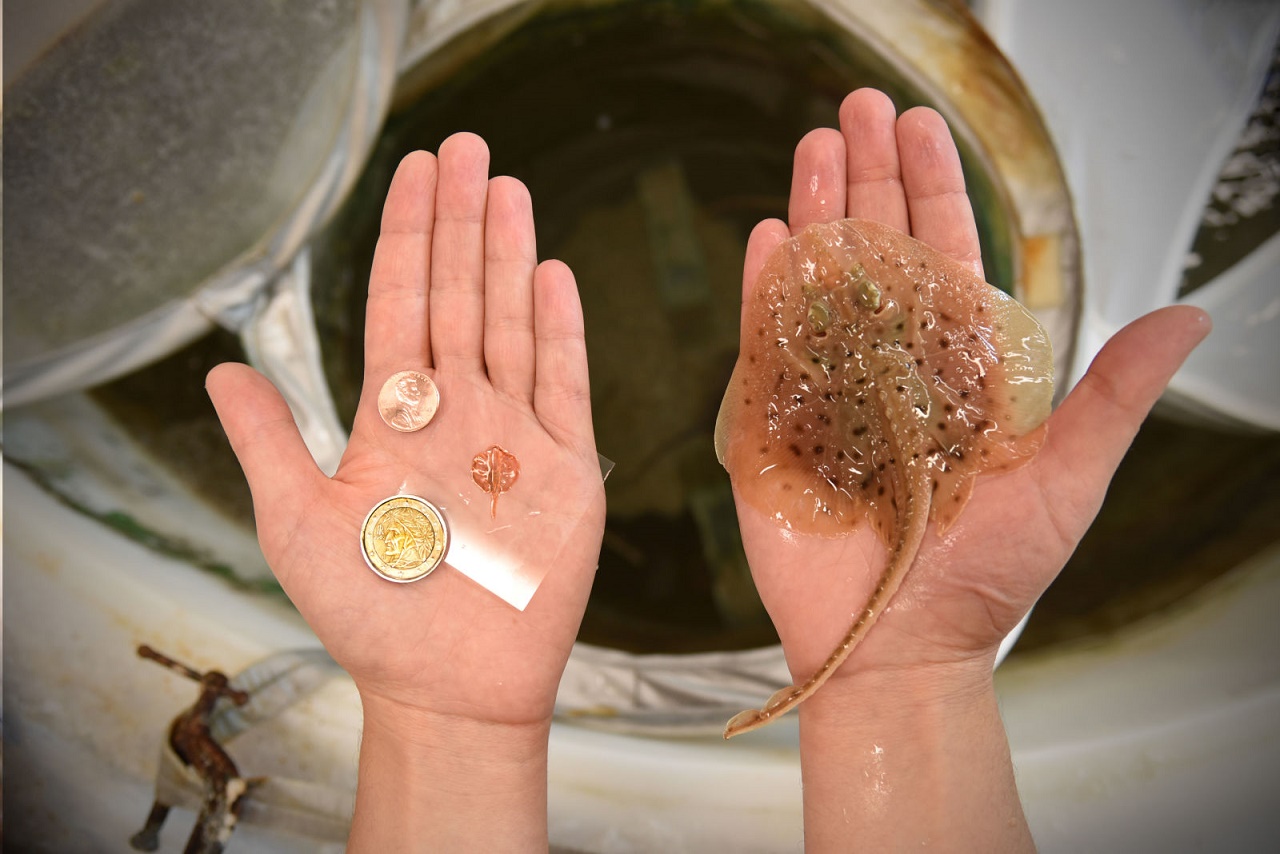
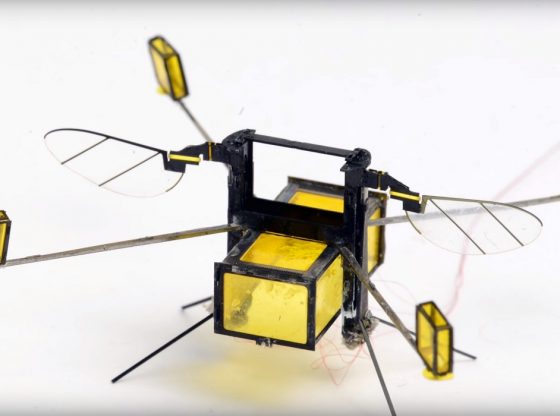
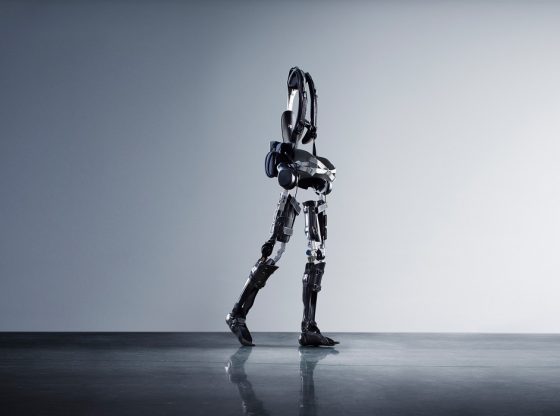
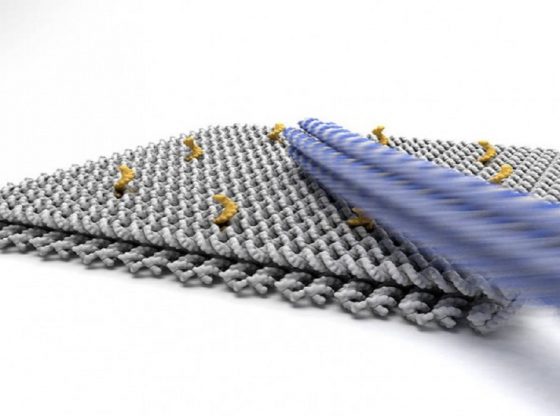
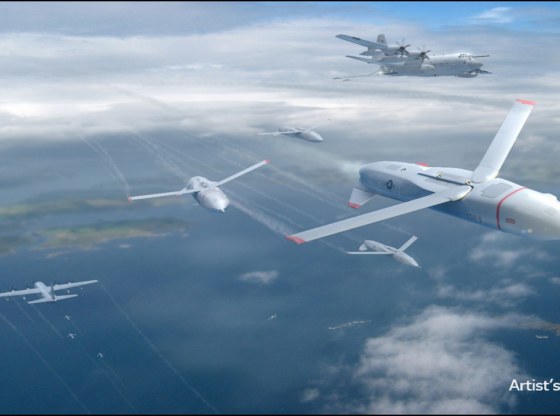
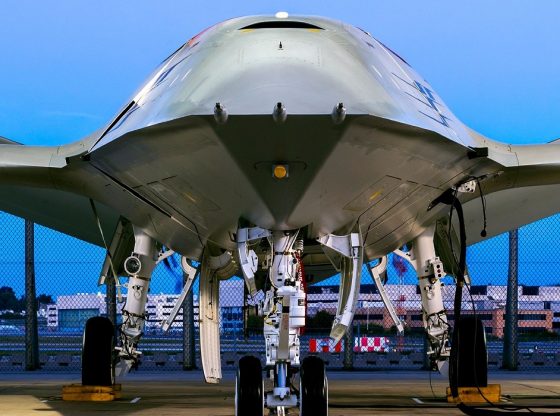
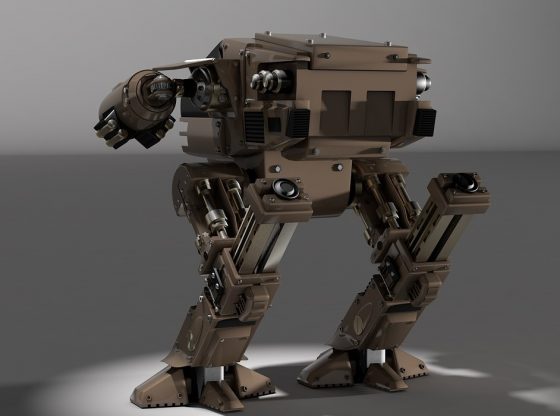
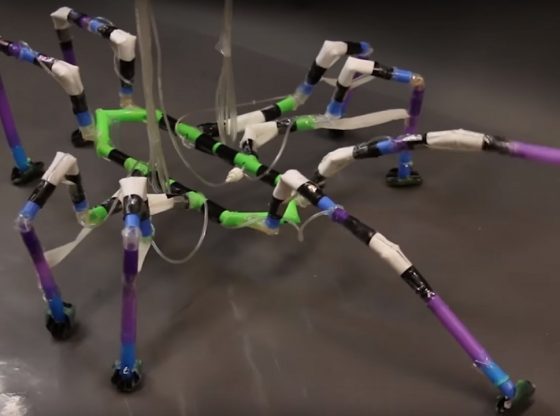
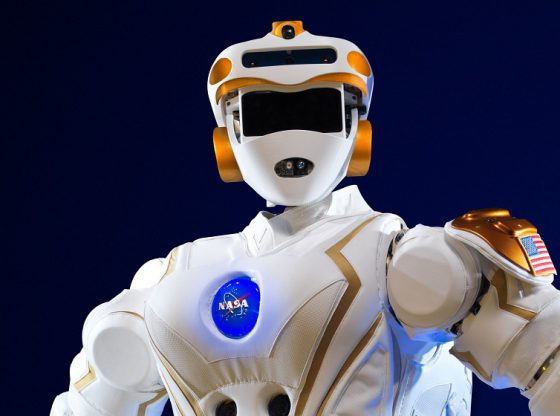
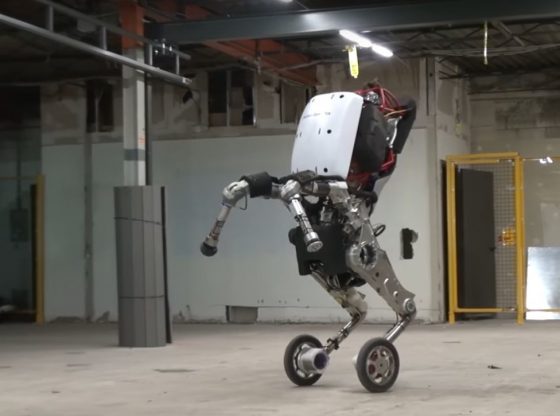

![OpenAI. (2025). ChatGPT [Large language model]. https://chatgpt.com](https://www.illustratedcuriosity.com/files/media/55136/b1b0b614-5b72-486c-901d-ff244549d67a-350x260.webp)
![OpenAI. (2025). ChatGPT [Large language model]. https://chatgpt.com](https://www.illustratedcuriosity.com/files/media/55124/79bc18fa-f616-4951-856f-cc724ad5d497-350x260.webp)
![OpenAI. (2025). ChatGPT [Large language model]. https://chatgpt.com](https://www.illustratedcuriosity.com/files/media/55099/2638a982-b4de-4913-8a1c-1479df352bf3-350x260.webp)








